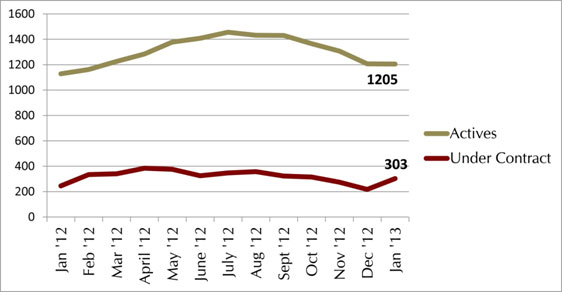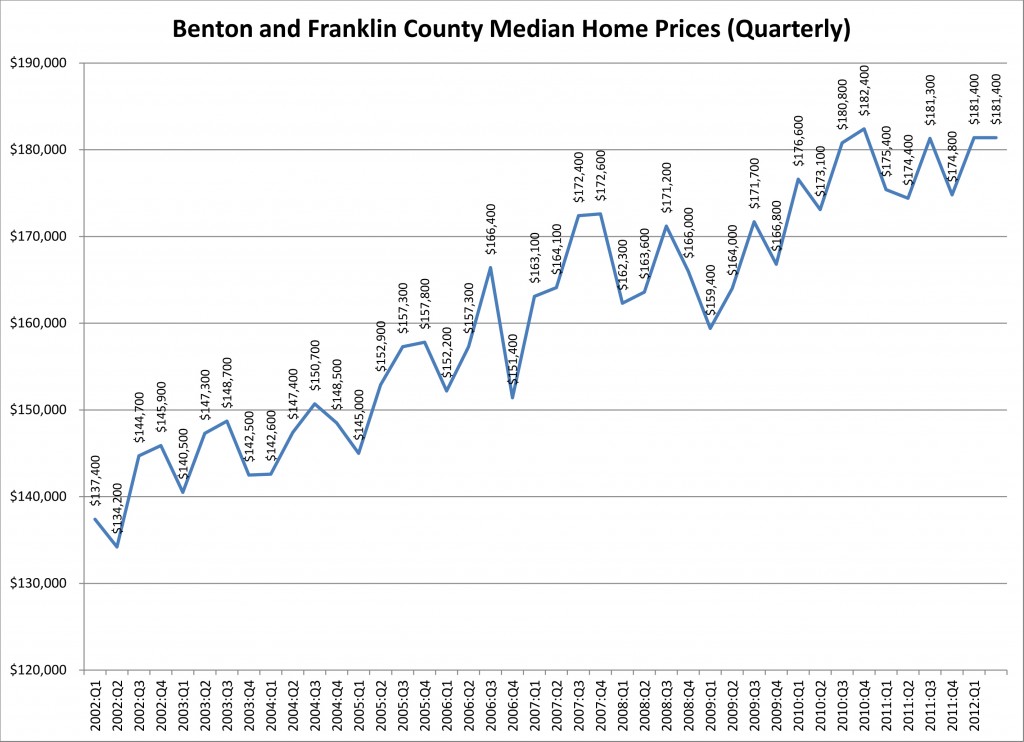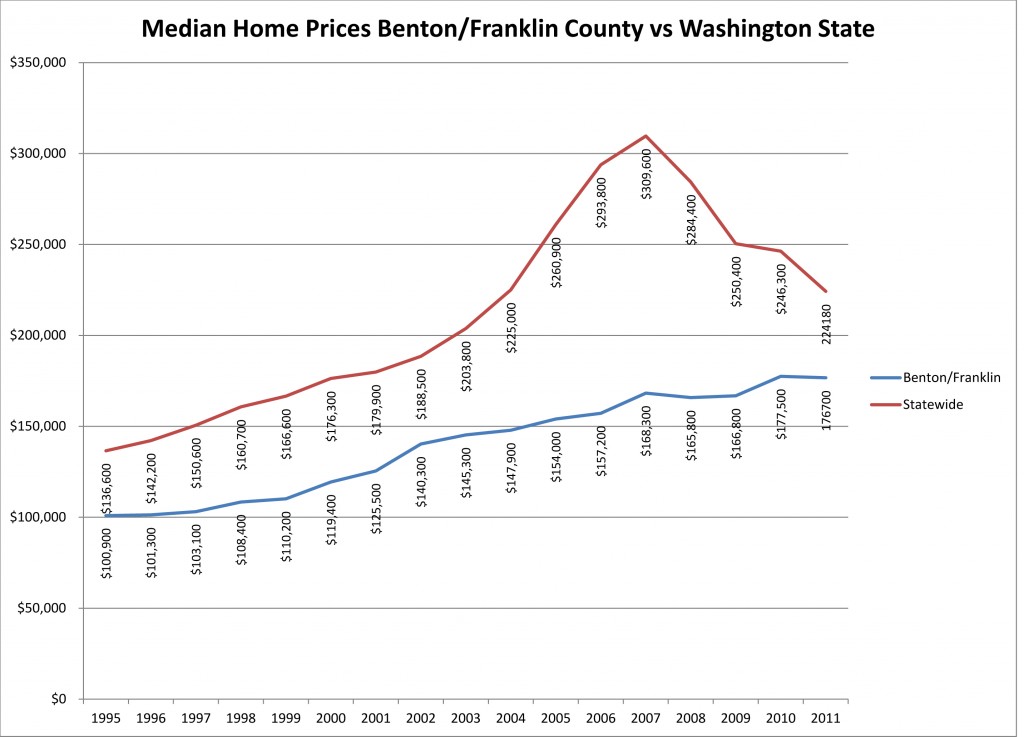Many homeowners have come to us over the years indicating they are tired of cleaning all the rooms in their house, there are rooms not being utilized, their home just no longer fits their needs, and they are ready to begin a new chapter in their lives.
While some agents may group people who need to make some lifestyle changes as “downsizers”, we believe it is much more than that. It is about finding you the right property which fits seamlessly into your lifestyle, not just a smaller property.
We know there can be a lot of emotions that go along with moving. Excitement of this new period in your life…melancholy over moving out of a cherished home with lots of memories…perhaps even anxiety over making sure all the finances work out so you can do everything your heart is set on in this next chapter.
That is why we have a different approach when it comes to helping you define what the future holds. During our first meeting with a homeowner who is ready for a new lifestyle, we ask a lot of questions to make sure we don’t just understand the housing needs. We want to understand the big picture! Often we have helped people find properties that were not on their radar, but were a great match due to the recreational opportunities that were close by or the easy maintenance which would allow them to be snowbirds every year. Sometimes it takes outside-the-box thinking in order to find that “just right” home.
And when it comes to making choices about what needs to stay and what needs to go in the current home in preparation for the move, we have some good resources for helping with that as well. We are from a family of builders and designers, and understand implicitly how spaces work, helping you plan as far in advance as you need. I have my SRES (Seniors Real Estate Specialist) designation which I received after additional training which helps me to counsel clients through the financial and lifestyle transitions involved in beginning a new chapter in their lives. I spent the time and money required to earn this designation because helping people transition and begin something new is exciting to me, and I wanted to have more resources at my disposal to help my clients.
And what’s more? Sometimes a buyer will find a home they love, but it just isn’t quite perfect. That is where we excel! Due to our builder connections, we can easily outline a plan that may make the “almost-right” property perfect!
So if your eaglets have fledged and you are thinking about how you want the next chapter in your life to be written, give us a call! You can reach Jessica at (509) 947-2230 or Jennifer at (509) 947-5670. We would love to hear what the future will bring for you!
“Downsizing was a must for us. We needed to sell our home for something smaller. Jessica was very helpful in the pricing of our home. It sold in three months. She was also helpful in the purchase of our lovely townhome. She worked hard to get the sale and purchase coordinated. We recommend Referred Real Estate to others.”
-Jerry and Shirley Cole








